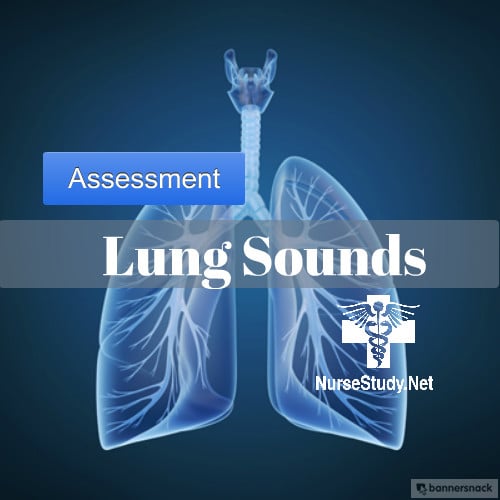Last updated on March 22nd, 2022 at 10:46 pm
Normal and Adventitious Lung Sounds
What are lung sounds
Lungs sounds are the same as breath sounds or respiratory sounds, these sounds can be heard (auscultated) on the anterior (front) and posterior (back) of the patients chest wall using a stethoscope.
Normal Breath Sounds
Normal lung sounds are classified as bronchial, tracheal, or bronchovesicular. When documenting the lung sounds, they are usually described by:
- duration (how long the sound lasts)
- pitch (how low or high the sound is)
- intensity (how loud the sound is)
- timing (when the sound occurs in the respiratory cycle)
Adventitious lung sounds
Adventitious lung sounds are abnormal lung sounds that are heard when auscultating the patients lungs and airways.
These sounds are defined as Crackles. Crackles are also known as Rales. Crackles or Rales can be further differentiated by “fine” or “course”. Wheezes and Rhonchi are also example of adventitious or abnormal lung sounds.
Crackles / Rales:
Crackles or Rales are described as popping sounds that originate in the airways. Some may say that it sounds like Rice Crispies (a cereal) that is famous for the Snap, Crackle, and Pop sound. They are heard when the obstructed airway opens suddenly and pressure from either side of the obstructed airway suddenly equalizes. Crackles are heard during inspiration (breathing in). Crackles and Rales usually imply accumulation of secretions (fluid) or exudate within the airways or inflammation and edema in the pulmonary tissue. Associated conditions of crackles and rales are Pneumonia, CHF, ARDS (adult respiratory distress syndrome), and others.
Wheezes / Rhonchi:
Wheezes are continuous higher pitched musical sounds that are usually heard and the end of inspiration (breathing in) and the beginning of expiration (breathing out). Rhonchi are also continuous but they are usually lower pitched. These sounds are a result of a collapsed airway lumen gradually opening during inspiration and gradually closing during expiration. Associated conditions for wheezes are rhonchi is Asthma and many others.

